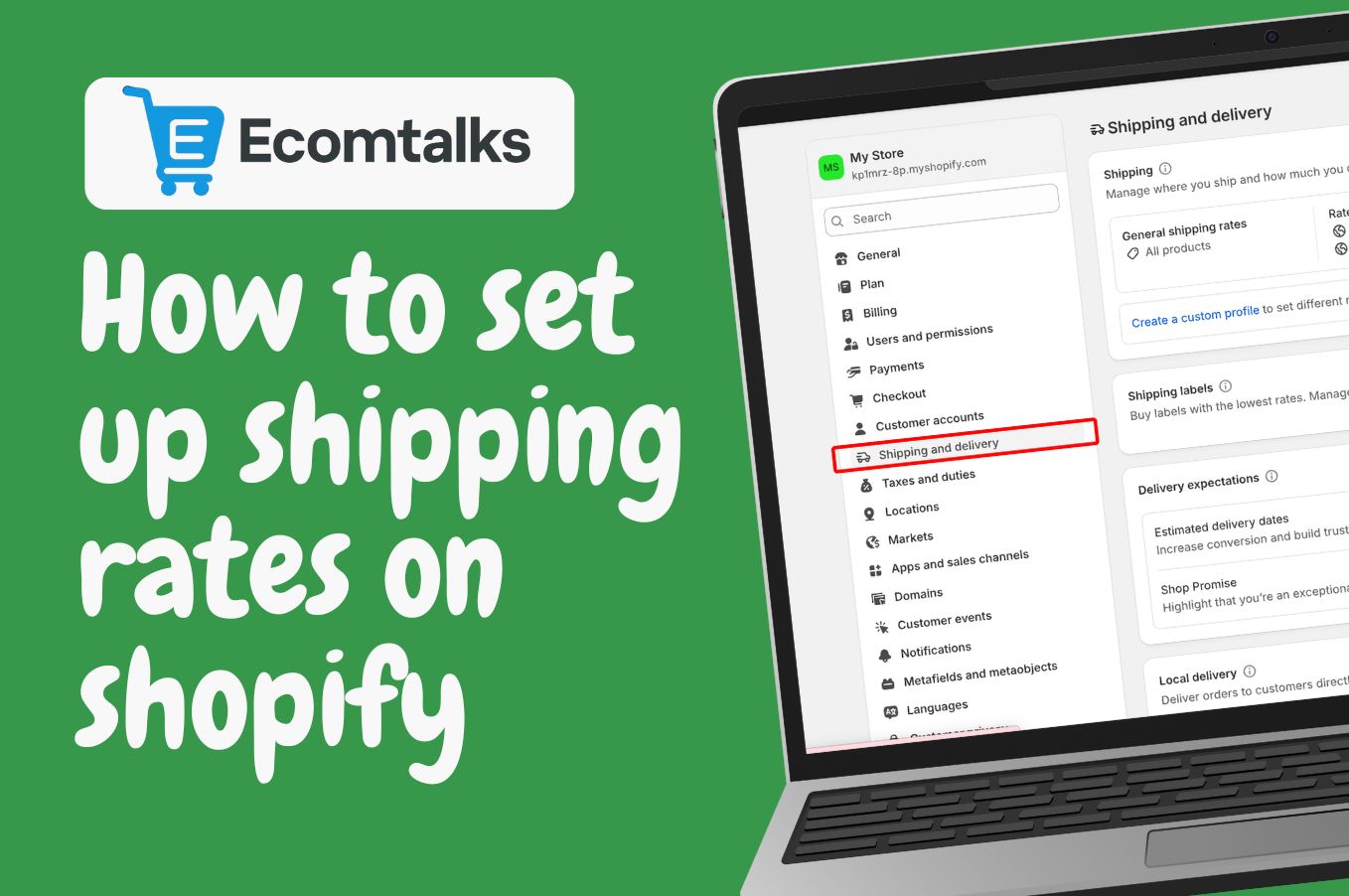Ecommerce web maintenance checklist: how to keep your store secure and fast
Imagine your bustling physical retail store. You wouldn't dream of letting the lights flicker, the doors jam, or the shelves gather dust. Your online store is no different. It’s a dynamic, 24/7 digital storefront that requires constant attention to thrive. This is where eCommerce web maintenance comes in. It’s not just a technical chore; it's a fundamental business strategy for protecting your revenue, enhancing customer trust, and ensuring sustainable growth.
Ignoring maintenance is like leaving your digital doors unlocked and your checkout counter unattended. In this guide, we'll explore why a proactive maintenance plan is non-negotiable and provide a comprehensive checklist to keep your online business running flawlessly.
Why ecommerce web maintenance is essential
Many store owners view maintenance as an expense rather than an investment. However, the cost of neglecting your site—in lost sales, damaged reputation, and security breaches—is far greater than the cost of upkeep.
1. To fortify security and build customer trust
In an age of rampant data breaches, security is paramount. A single security flaw can expose sensitive customer data, leading to catastrophic financial loss and irreparable damage to your brand's reputation. Regular eCommerce web maintenance involves:

- Applying security patches: Closing vulnerabilities before hackers can exploit them.
- Updating SSL certificates: Ensuring all data transmitted between your customers and your server is encrypted and secure.
- Monitoring for malware and suspicious activity: Proactively identifying and neutralizing threats.
A secure website isn't just a technical requirement; it's a promise to your customers that their information is safe with you.
2. To maximize performance and user experience (UX)
Today’s online shoppers are impatient. A slow-loading website is a major sales killer. According to Google, the probability of a user bouncing increases by 32% as page load time goes from 1 to 3 seconds.
Consistent maintenance ensures your site is fast, responsive, and easy to navigate. This includes:
- Optimizing site speed: Compressing images, minifying code, and leveraging browser caching.
- Fixing broken links and 404 errors: Preventing frustrating dead-ends for your customers.
- Ensuring a smooth checkout process: Removing any friction or bugs that could lead to cart abandonment.
A high-performing site provides a seamless user experience, which directly translates to higher conversion rates and customer loyalty.
3. To improve SEO rankings and visibility
Search engines like Google favor websites that are secure, fast, and offer a great user experience. Core Web Vitals—a set of metrics related to speed, responsiveness, and visual stability—are now a significant ranking factor.

A well-maintained eCommerce site naturally performs better in these areas. By keeping your site healthy, you send positive signals to search engines, helping you rank higher for your target keywords and attract more organic traffic.
4. To prevent downtime and revenue loss
Every minute your website is down is a minute you're not making sales. Unexpected crashes, plugin conflicts, or server issues can bring your business to a halt. A proactive eCommerce web maintenance plan involves regular backups and monitoring to prevent these issues or, if they occur, to get your site back online with minimal disruption.
The all-in-one ecommerce website maintenance checklist
Keeping your ecommerce store running smoothly isn't a one-time setup—it requires continuous upkeep. From monitoring site performance to securing customer data, consistent maintenance ensures your online business stays fast, secure, and profitable. Here's how to stay on top of everything.
1. Keep your site secure
Run security scans and test backups. Start by performing malware and vulnerability scans on a regular basis. These help detect threats early. Don’t stop at just backing up your site—test the restoration process to make sure your data is truly safe.
Update your platform, plugins, and themes. Outdated software is an open door for attackers. Apply all updates promptly to your ecommerce platform, plugins, and any custom themes.

Audit user access. Review admin roles and permissions. Remove old accounts or restrict unnecessary access to reduce risk.
Enforce SSL and enable 2FA. Ensure your SSL certificate is active across your entire site, especially on checkout and login pages. Add two-factor authentication (2FA) for all admin-level accounts.
Monitor and block threats. Install a firewall or use a security plugin to monitor login attempts and prevent brute-force attacks. This is a core part of ecommerce web maintenance that protects both store owners and shoppers.
2. Optimize for performance and experience
Test your website speed regularly. Use tools like Google PageSpeed Insights or GTmetrix to evaluate how fast your site loads on desktop and mobile. A slow site drives users away.
Compress and resize images. Large, unoptimized images can cripple load times. Optimize all images before upload and periodically review existing ones.
Fix broken links and clean up code. Crawl your site to find and fix 404 errors. Minify your CSS, JavaScript, and HTML to enhance speed and performance.
Walk through your checkout process. Test every step—from adding items to cart to completing a purchase. Make sure discounts, shipping options, and confirmations work flawlessly.
Check cross-browser and mobile display. View your site on different browsers and devices. Responsive design is key to modern ecommerce web maintenance.
Flush the cache and CDN. Clear your site and content delivery network (CDN) caches so updates reflect immediately to users.
3. Stay on top of SEO and content
Track keyword rankings. Use SEO tools to follow how your important pages are ranking. Identify where you’re improving and where you need work.
Fix crawl errors and review metadata. Check Google Search Console for crawl issues and manual actions. Update titles, meta descriptions, and alt text regularly.
Update your sitemap. After publishing major updates or new pages, resubmit your XML sitemap to search engines.
Remove outdated content. Expired discounts, discontinued items, or old announcements can confuse users and clutter your store.
Publish fresh content. Keep your blog active with relevant articles and guides. Internal linking within posts can boost SEO across your store.
Incorporate ecommerce web maintenance into your SEO workflow. Regular maintenance ensures search visibility and content freshness.
4. Monitor technical and backend functions
Check server health. Monitor server logs for issues, track bandwidth usage, and ensure you have enough disk space to handle site activity.
Test transactional emails. Verify that all automated emails—such as receipts, shipping notifications, and password resets—are sending and landing correctly.
Audit analytics and tracking. Double-check that Google Analytics, Facebook Pixel, and conversion tracking are all working properly.

Respond to customer activity. Engage with reviews, questions, and feedback on your store and social platforms. This improves trust and experience.
Verify pricing and inventory. Regularly confirm that your product data—pricing, stock, and descriptions—is accurate and up to date.
Review compliance documentation. Refresh privacy policies, terms of service, and return policies to stay in line with current regulations.
Back up before big changes. Always perform a full site backup before launching a sale, updating software, or editing the backend.
This hands-on part of ecommerce web maintenance is what keeps your store stable, functional, and user-friendly behind the scenes.
Conclusion: Invest in maintenance, invest in your success
Ultimately, eCommerce web maintenance is not a passive task but an active investment in your business's future. It’s the foundation upon which great customer experiences, strong security, and lasting profitability are built. By implementing a consistent maintenance strategy, you move from a reactive, crisis-management mode to a proactive, growth-focused one.
Don't wait for a security breach or a site crash to take action. Start building your robust maintenance plan today to protect your assets, delight your customers, and secure your place in the competitive eCommerce landscape.
Ecommerce can feel overwhelming at first, but it doesn’t have to be. Ecommerce Basics breaks down the fundamentals so you can start with confidence.








.jpg)
.jpg)